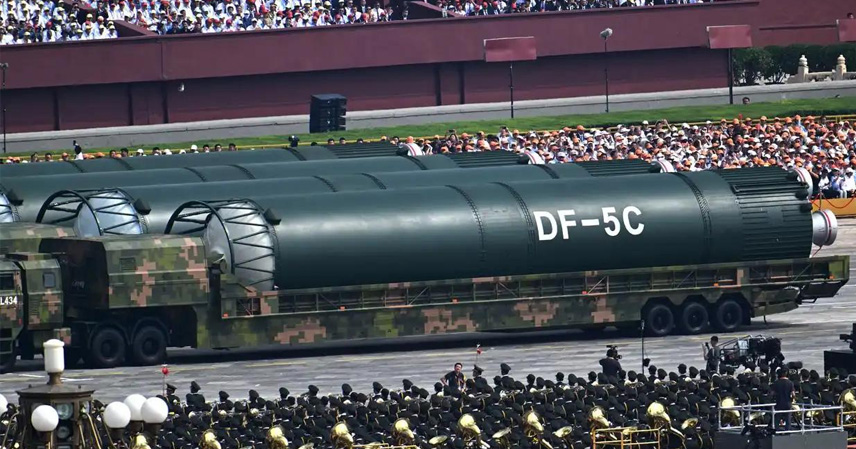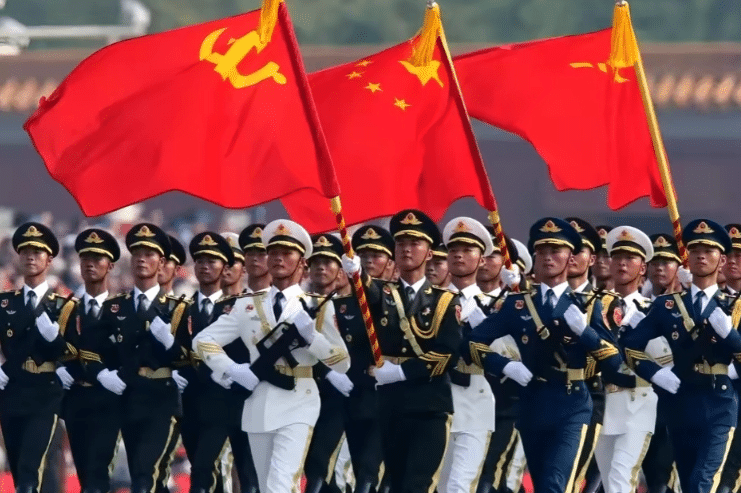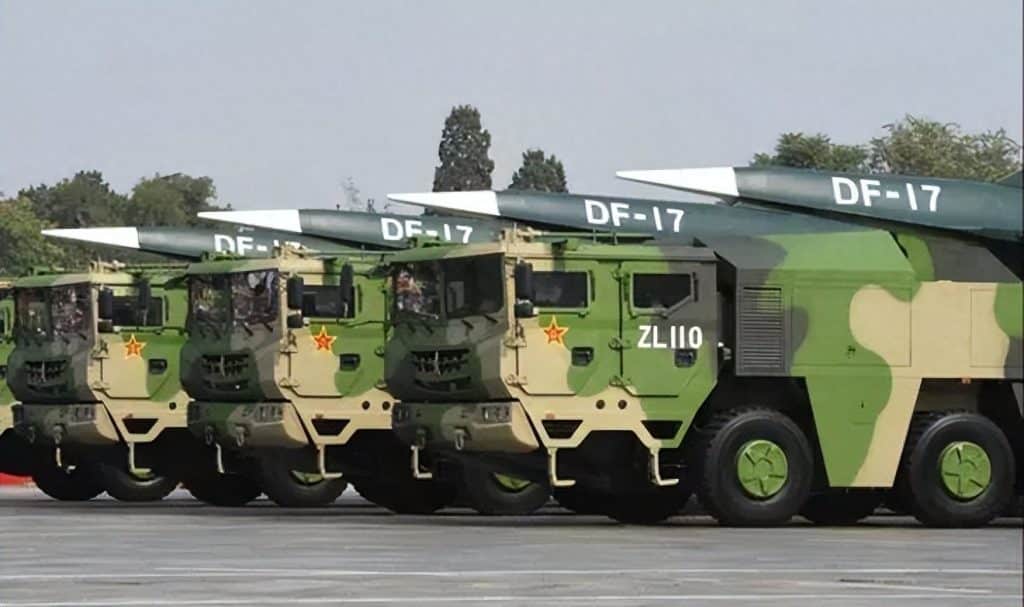Who could have imagined that a civilian balloon incident in 2023 would fundamentally alter the rhythm of China-U.S. strategic interactions?
When the U.S. deployed its most advanced F-22 fighters to shoot down a meteorological balloon worth only tens of thousands of dollars, it seemed like an overreaction. Yet, the incident triggered a noticeable change in how China publicly showcases its defense capabilities.
The Balloon Incident
In February 2023, a Chinese civilian balloon designed for atmospheric monitoring drifted off course due to the high-altitude westerly winds.
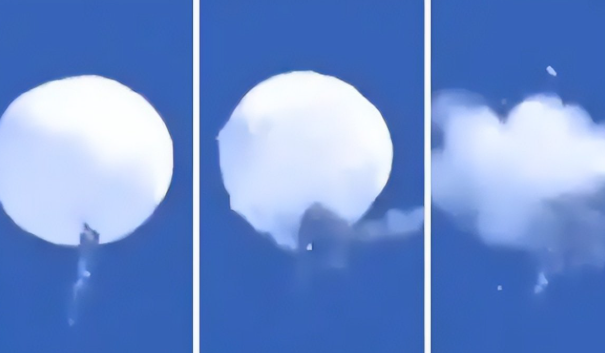
It floated across the Pacific, passing Alaska and Canada, and eventually entered U.S. airspace. The balloon, over 20 meters in diameter, carried only solar panels and scientific sensors—its civilian purpose was evident.
China promptly contacted the U.S. via diplomatic channels, repeatedly clarifying that the balloon had no military use and requested a peaceful resolution.
Instead, the U.S. overreacted militarily, influenced by congressional hawks and media hype. They dispatched F-22 fighters, supported by F-15Cs and P-8A patrol aircraft, and shot down the balloon within 6–12 nautical miles of U.S. territorial waters.
China later pointed out that since May 2022, the U.S. had launched high-altitude balloons over Chinese territory more than ten times, yet never acknowledged these incursions. The event exposed the U.S.’s militarization of everyday issues and containment mindset.
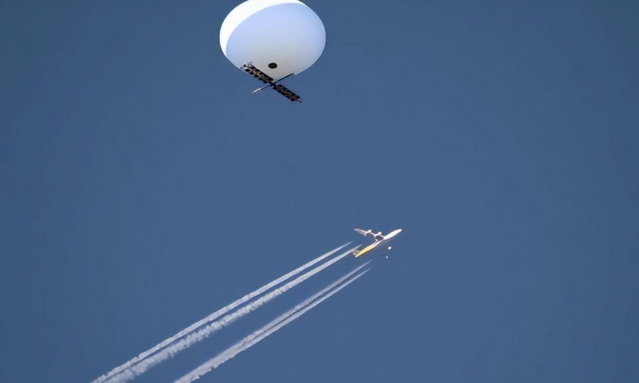
U.S. Military Showbackfires
The U.S. intended to demonstrate its military might, but the operation revealed significant weaknesses:
- F-22 operational limitations: To reach nearly 20,000 meters, F-22s had to fly at extreme performance limits. Official U.S. data showed that the F-22 had a mission-capable rate of only 40.19%, meaning two-thirds of the fleet could not deploy effectively.
- Over-reliance on support assets: The interception required E-3 AWACS and RC-135 reconnaissance aircraft, exposing U.S. high-altitude defense logic and coordination protocols to observation.
Even after recovering the balloon’s wreckage, no military equipment was found, yet the U.S. continued to exaggerate a “security threat.” The operation drew global criticism as a case of overreaction, diminishing U.S. credibility.
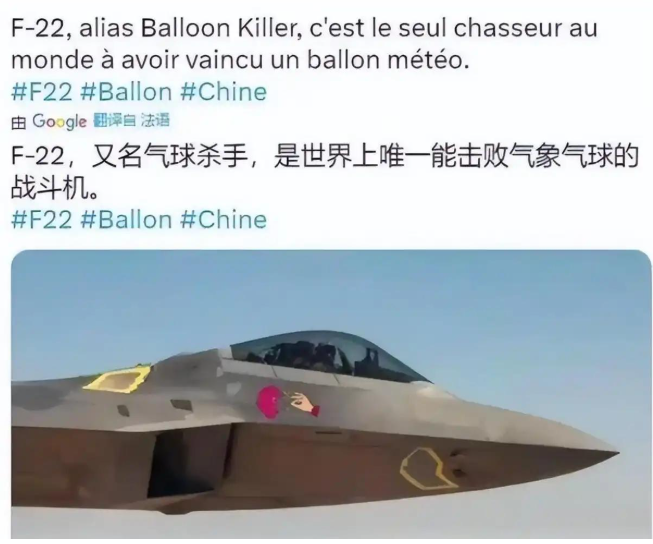
China’s Strategic Shift: Gradual, Not Sudden
China’s post-balloon military displays are often misinterpreted as sudden aggression. In reality, they reflect long-term preparation and rational adjustment:
- External pressures: Since 2023, the U.S. has accelerated the Indo-Pacific strategy, conducting multiple military exercises and reinforcing bases, increasing the risk of misjudgment if China remained “low-profile.”
- Mature military-industrial capabilities: Advanced systems like the J-16D electronic warfare fighter and J-35 stealth carrier-based fighter had already undergone testing and operational deployment before their public appearances.
- Rational strategic recognition: The balloon incident clarified that low-profile development (“hide and bide”) can be misread as insufficient capability, increasing risk. Publicly showing operational readiness helps set clear defensive boundaries.
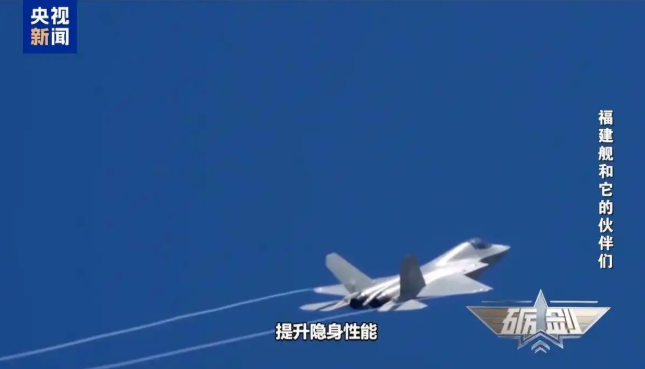
“Showing the Sword” Without Provocation
China’s military demonstrations after the balloon incident are defensive, not provocative:
- Timeline consistency:
- April 2023: J-16D electronic warfare in Taiwan Strait exercises.
- December 2024: Public exposure of two sixth-generation fighters.
- September 2025: J-35, J-15T, and KJ-600 catapult tests on Fujian aircraft carrier.
- 075 amphibious assault ships entered service, enhancing long-range power projection.
- Operational defense focus: J-16s intercept foreign aircraft over the South China Sea and Taiwan Strait without escalating conflicts. Unmanned systems mainly provide area denial and low-intensity response, in line with defensive defense policy.
- Integrated capability: China has built a system of “detection–jamming–defense–delivery”, responding to U.S. military containment, not seeking confrontation.
The Fujian carrier’s electromagnetic catapult test, coinciding with U.S. congressional visits, was a strategic transparency measure, clarifying China’s sovereignty and defense red lines to prevent misjudgments like the balloon incident.
Security Through Transparency
The balloon incident underscores a key lesson: true security requires capability transparency. Excessive secrecy can cause misjudgments and unnecessary escalation, while clear demonstrations of defensive strength can stabilize regional tensions.
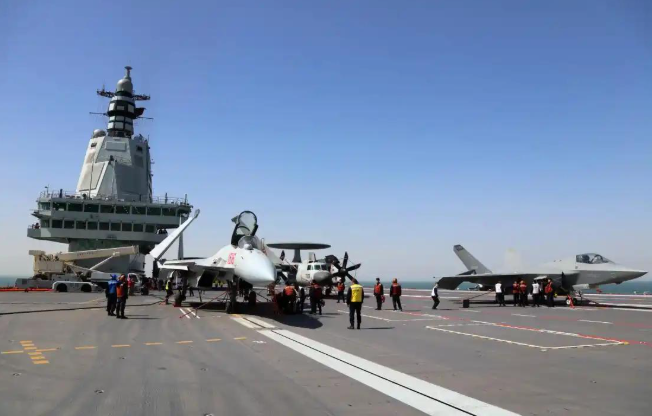
China’s approach remains defensive: diplomatic statements emphasize sovereign rights and measured response, and military developments focus on maintaining peace under external pressure.
From the balloon incident to today, China’s defensive strategy and commitment to stability have remained consistent, demonstrating that strength can coexist with responsible, non-provocative defense policy.

